Writing of his grandmother’s cremation, Kushanava Choudhury reflects in The Epic City that, while his expatriate Indian cousins are separated from the occasion, ‘I was sipping tea in Nimtala, present in the moment at the centre of our world’. It’s Choudhury’s longing to be back in this centre, which might have seemed less than obviously central to a metropolitan American, that takes him to Calcutta after he graduates from Princeton.
Already a subscriber? Log in
Subscribe for just $2 a week
Try a month of The Spectator Australia absolutely free and without commitment. Not only that but – if you choose to continue – you’ll pay just $2 a week for your first year.
- Unlimited access to spectator.com.au and app
- The weekly edition on the Spectator Australia app
- Spectator podcasts and newsletters
- Full access to spectator.co.uk
Or
Unlock this article
You might disagree with half of it, but you’ll enjoy reading all of it. Try your first month for free, then just $2 a week for the remainder of your first year.

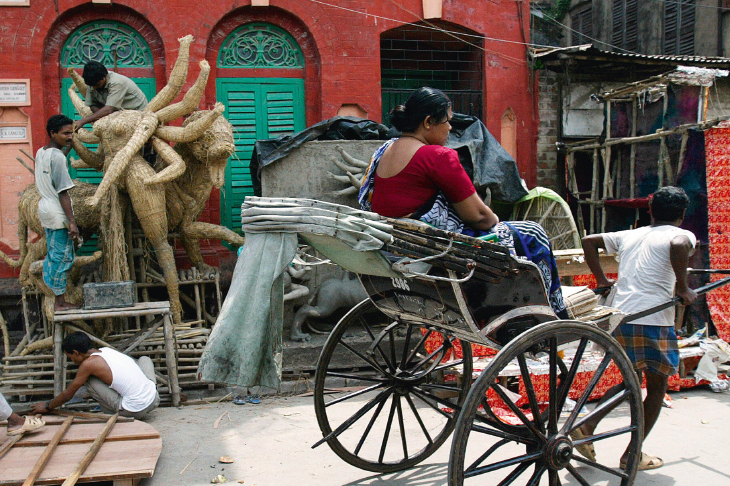
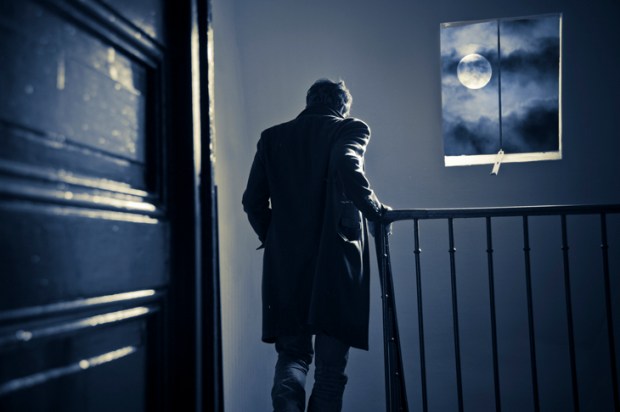

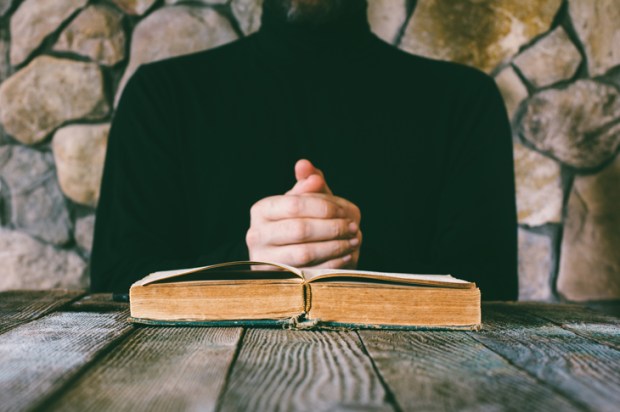
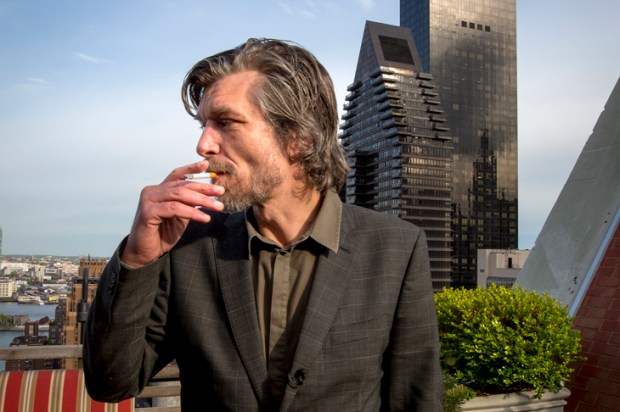
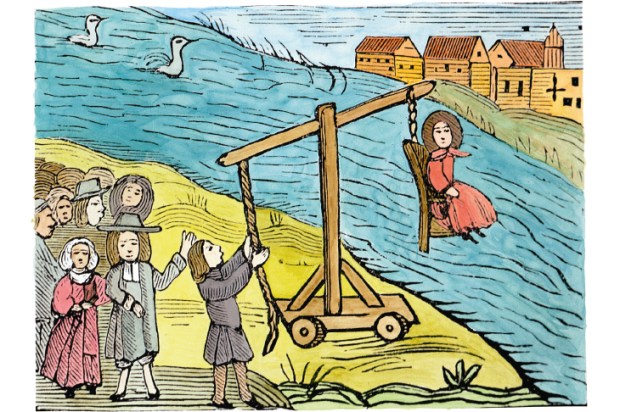
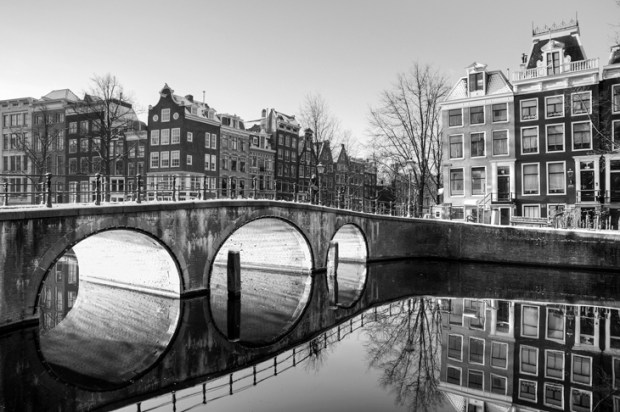






Comments
Don't miss out
Join the conversation with other Spectator Australia readers. Subscribe to leave a comment.
SUBSCRIBEAlready a subscriber? Log in